For as long as I can remember, I have been obsessed with the Wild Wild West. I’m pretty sure this started at the young age of 8 or 9, when I saw “Butch Cassidy and the Sundance Kid” for the first time (with all the swear words bleeped out, of course). Fast forward (a few years!), and I have since been able to explore many of the USA’s western states, including my favorite: Arizona. It would take months to explore all that Arizona has to offer, but if you have just a week of exploring “the Grand Canyon state”, there are plenty of cool sights to see in Arizona’s Wild, Wild West!
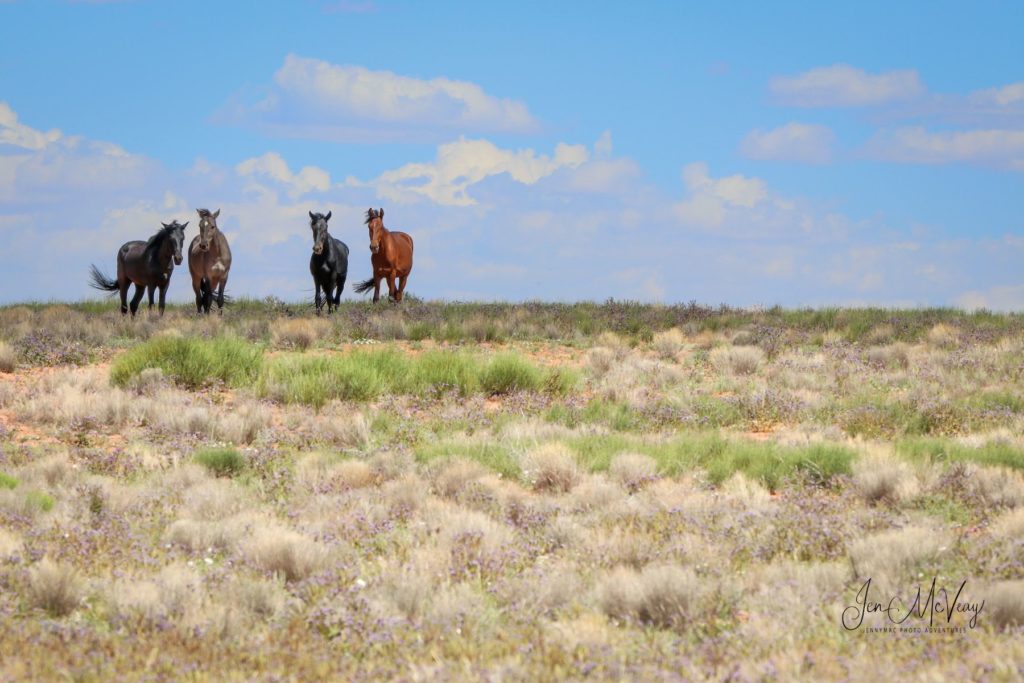 Wild horses roam all over northern Arizona. These four lined up properly for their photo shoot!
Wild horses roam all over northern Arizona. These four lined up properly for their photo shoot!
I recommend you begin your Wild Wild West adventure in Phoenix, Arizona. There are always plenty of rental cars available, and it’s an easy-to-navigate international airport. This loop map will take you to all kinds of interesting and cool Wild Wild West locations!

Montezuma Castle National Monument
Your first stop on your Wild Wild West tour takes you to a castle – – but not the typical castle you are picturing! Montezuma Castle National Monument is a pueblo ruin, built hundreds of years ago by the Sinagua people. Although people were living in the area much earlier, the Sinagua began building permanent living structures – the dwellings you see at the monument – around 1050 CE. The name “Sinagua” comes from the Spanish “sin agua,” meaning “without water.” Despite the name, the Sinagua actually had plenty of water, as the ruins are located above an “oasis” along Beaver Creek.
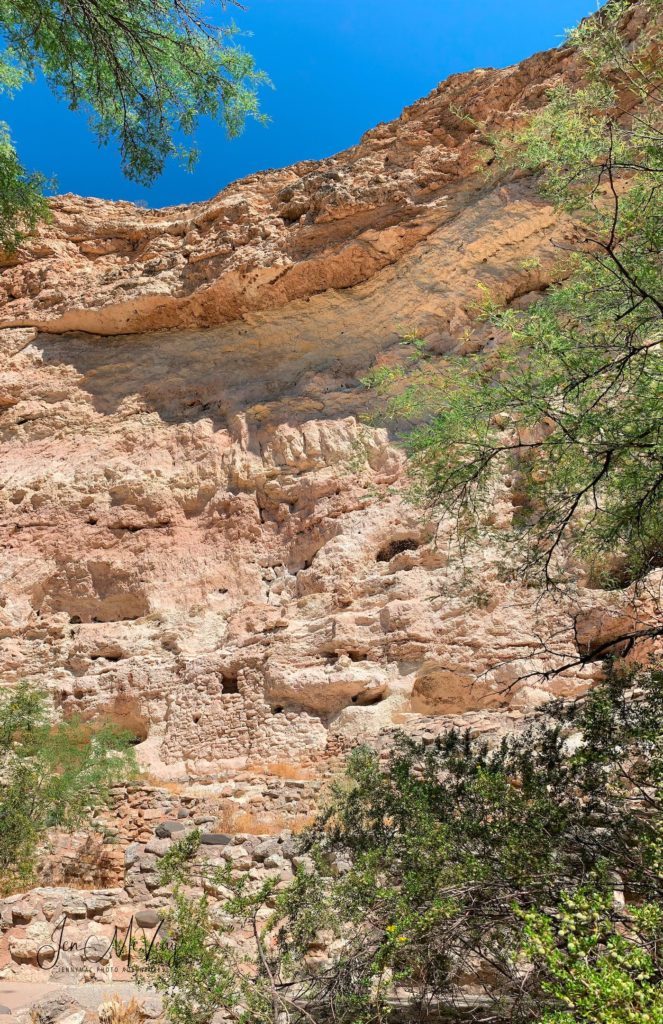 In 1933, “Castle A” (a 45 to 50 room pueblo ruin) was excavated, uncovering a wealth of artifacts and greatly enhancing our understanding of the Sinagua people.
In 1933, “Castle A” (a 45 to 50 room pueblo ruin) was excavated, uncovering a wealth of artifacts and greatly enhancing our understanding of the Sinagua people.
It’s hard to imagine people living here! Early visitors to the monument were allowed access to the structure by climbing a series of ladders up the side of the limestone cliffs. However, due to extensive damage to this valuable cultural landmark, public access to the ruins was discontinued in 1951.

Today, you can still enjoy views from below the ruins, and learn quite a bit about the Sinagua people as you roam around under the shady trees of Beaver Creek.
Grand Canyon National Park
No trip to Arizona would be complete without a visit to the Grand Canyon! I recommend you spend at least two nights at the canyon, so that you have time to get a good hike in, or perhaps ride a mule to the bottom! I could write a book about all the things to see and do here – – but thousands beat me to it, so why bother?! Feel free to hit me up if you want specific tips for an upcoming trip.
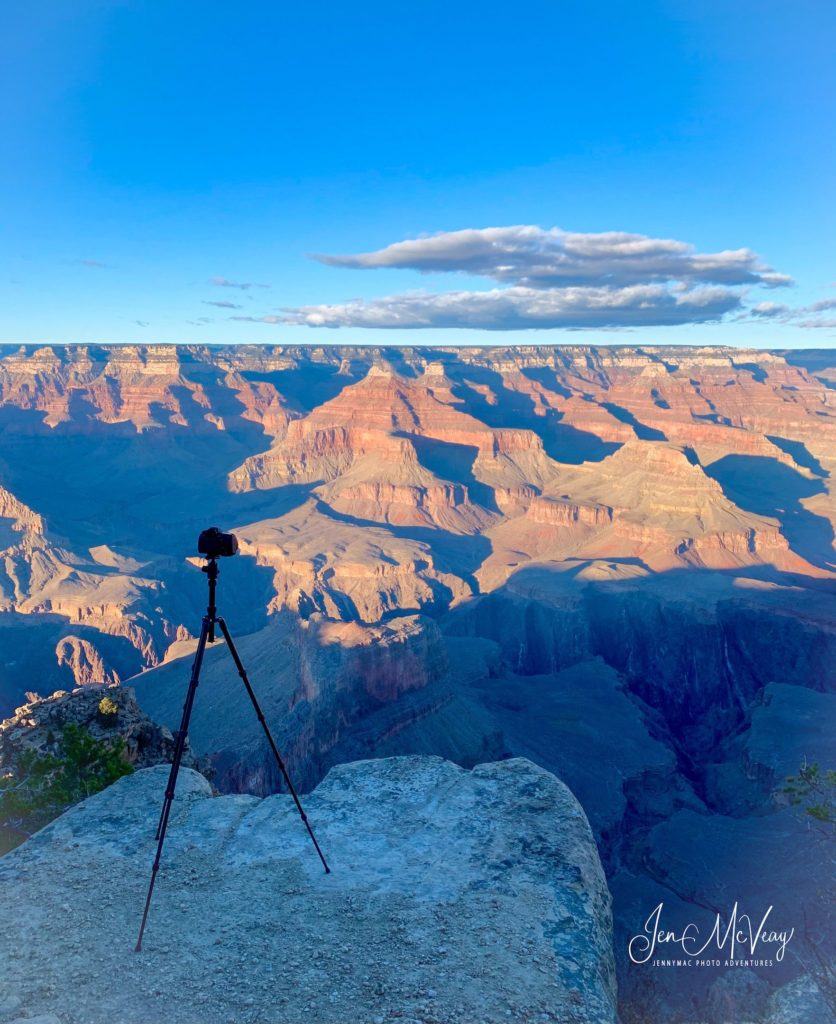 Be very very careful if you’re photographing over a steep drop-off… (Hi Mom!)
Be very very careful if you’re photographing over a steep drop-off… (Hi Mom!)
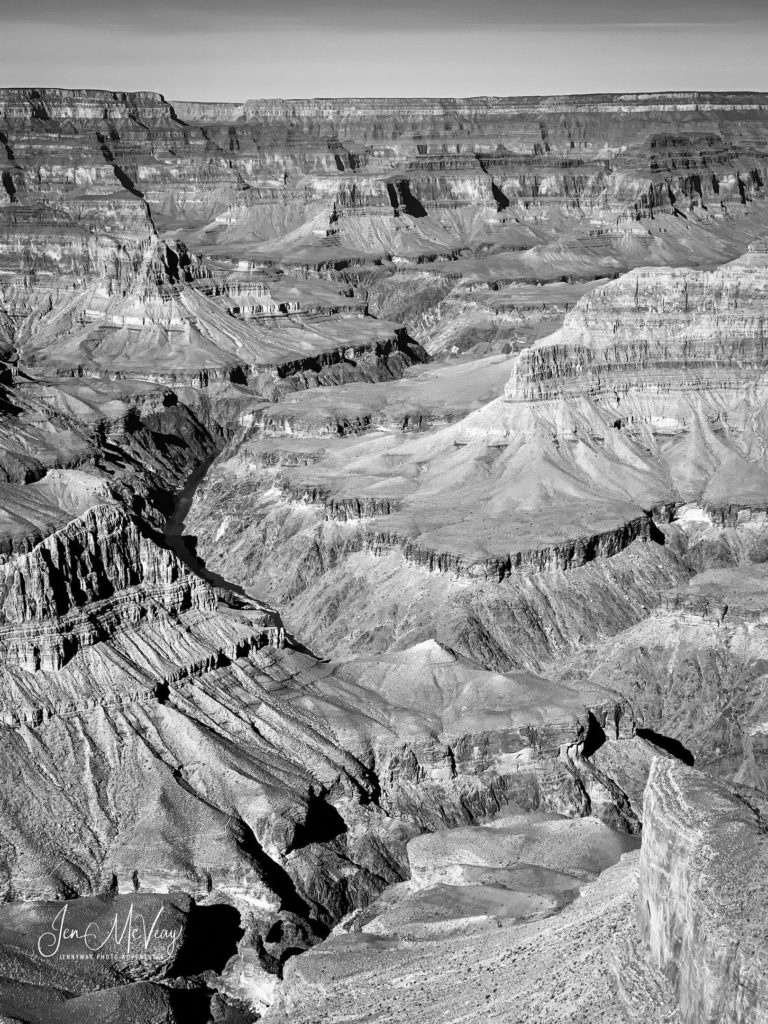 The Colorado River winds its way between sheer cliffs, buttes and mesas, making its way to Southern California and Mexico.
The Colorado River winds its way between sheer cliffs, buttes and mesas, making its way to Southern California and Mexico.
Horseshoe Bend, Lake Powell, and Antelope Canyon
Leaving the Grand Canyon, head northeast and be sure to take some time out to stretch your legs at Horseshoe Bend. (I’ll be posting about Horseshoe Bend next week!) Plan to spend two or three nights in Page, Arizona, so you’ll have time to do some exploring on Lake Powell (rent jet skis, or take a boat up to Rainbow Bridge), and also experience a must-do Antelope Canyon tour.
 Lake Powell is super fun! I spent many vacations with my family here when I was young, and I have some of the most remarkable memories of exploring ruins and hidden canyons. Rent a houseboat and stay for a week, or rent jet skis or a boat to explore for a day.
Lake Powell is super fun! I spent many vacations with my family here when I was young, and I have some of the most remarkable memories of exploring ruins and hidden canyons. Rent a houseboat and stay for a week, or rent jet skis or a boat to explore for a day.
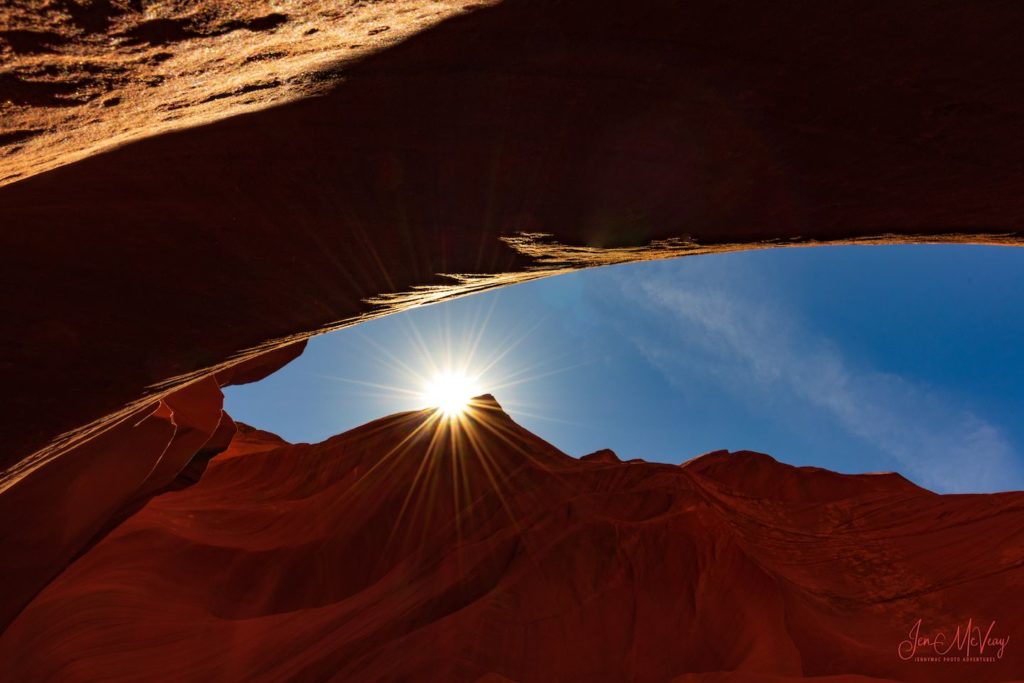 Antelope Canyon is a must-see, especially if you are a photo nerd like me!
Antelope Canyon is a must-see, especially if you are a photo nerd like me!
Monument Valley
This incredible valley is a jaw-dropping way to take in the Navajo Nation. Spend at least one night here – – and if you time it correctly, you’ll have the opportunity to capture some incredible starry night vistas.
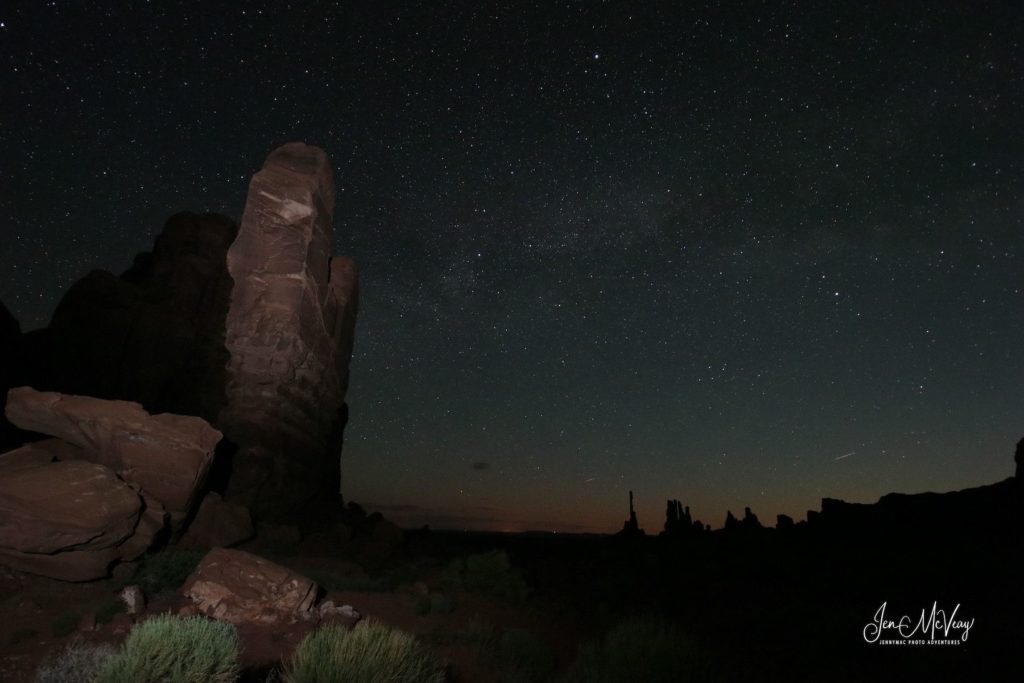 Monument Valley is the ultimate dark sky location! This was my first-ever dark sky photo, taken several years ago. Not bad, but boy did I have a lot to learn!
Monument Valley is the ultimate dark sky location! This was my first-ever dark sky photo, taken several years ago. Not bad, but boy did I have a lot to learn!
Canyon de Chelly National Monument
A little known national monument, Canyon de Chelly has more importance to the Native American Tribes than one might imagine. For nearly 5,000 years, people have lived in these canyons – longer than anyone has lived uninterrupted anywhere on the Colorado Plateau!
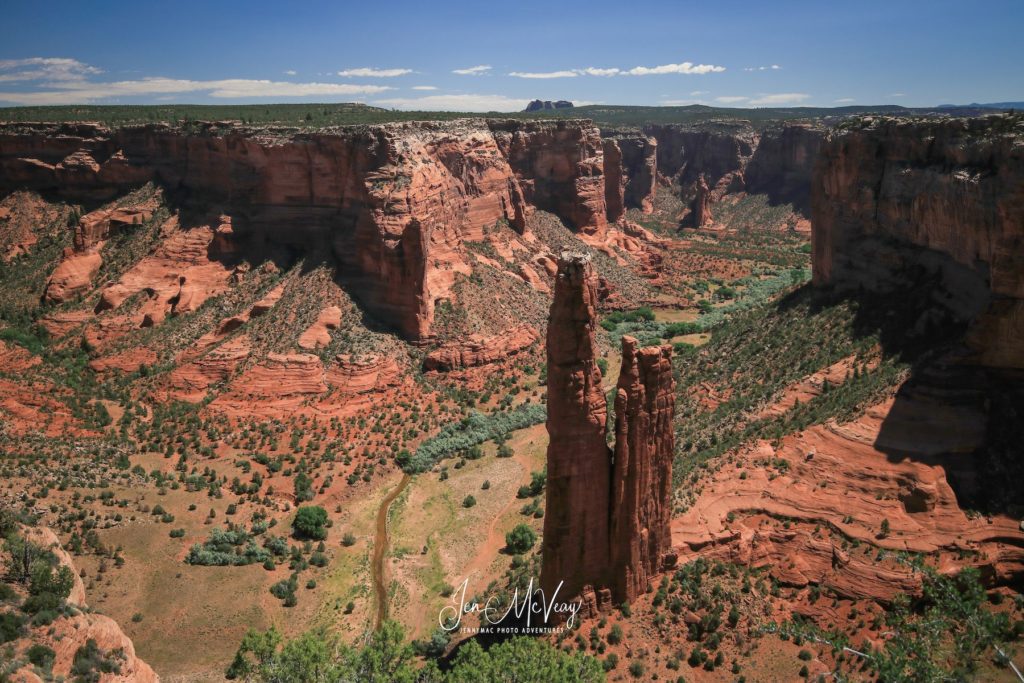 Spider Rock rises from the floor of Canyon de Chelly.
Spider Rock rises from the floor of Canyon de Chelly.
Before erosion took its toll, Spider Rock was part of the formation to the right. The rock changes color, depending on time of day and location of the sun! Similar to the development of the Grand Canyon, millions of years of land uplifts and stream cutting created the colorful sheer cliff walls of Canyon de Chelly. The Ancient Puebloans, the Hopi, and the Navajo have all called this canyon home. The Navajo continue to raise families and plant crops in the canyon, just as the “Ancient Ones” had.
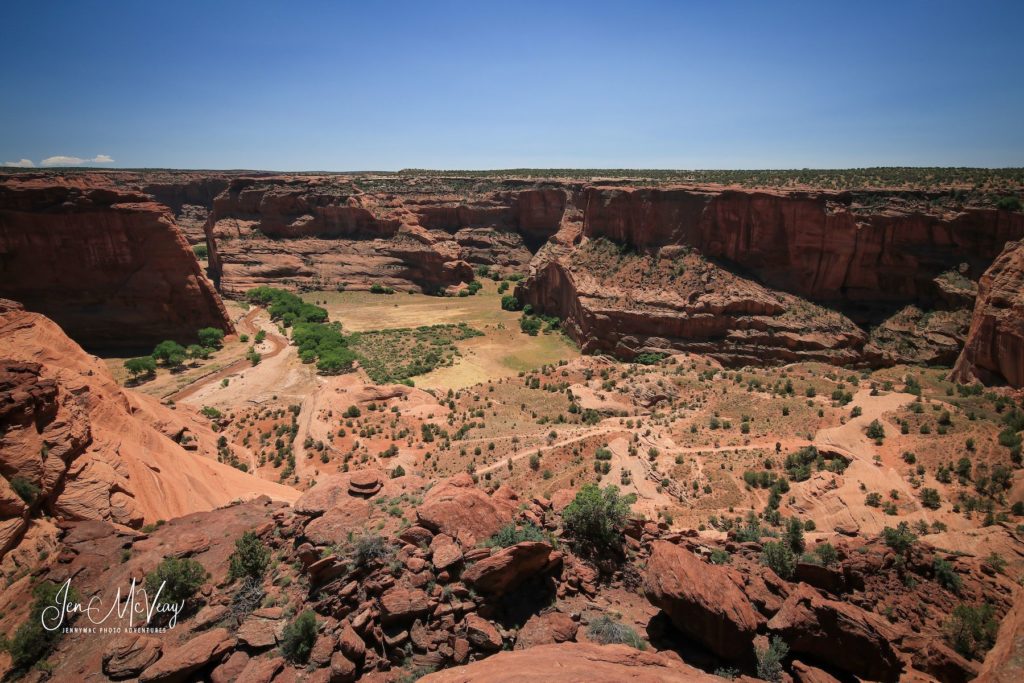 Hiking down into Canyon de Chelly is allowed — and much easier than hiking to the bottom of the Grand Canyon, but you still need to carry plenty of water.
Hiking down into Canyon de Chelly is allowed — and much easier than hiking to the bottom of the Grand Canyon, but you still need to carry plenty of water.
Painted Desert and Petrified Forest
Continuing southbound, you will come face-to-face with the most colorful desert sands you have ever seen! The Painted Desert gets its name for the multitude of colors ranging from lavender to gray with vibrant colors of red, orange and pink. The Painted Desert is a long expanse of badland hills and buttes and although quite barren, it is a beautiful landscape of a rainbow of colors.

Just as awe-inspiring at the Painted Desert, a bit southeast you will arrive at Petrified Forest National Park. The remnants of this once magnificent pine forest have taken millions of years to resurface, thanks to erosion and water. Once the stomping ground of dinosaurs and other prehistoric residents, the Petrified Forest continually reveals the skeletons of its stormy past. This National Park holds the largest known concentration of solar calendars – – can you imagine being the archeologist who reveals one of those ancient calendars (or a dinosaur bone)??
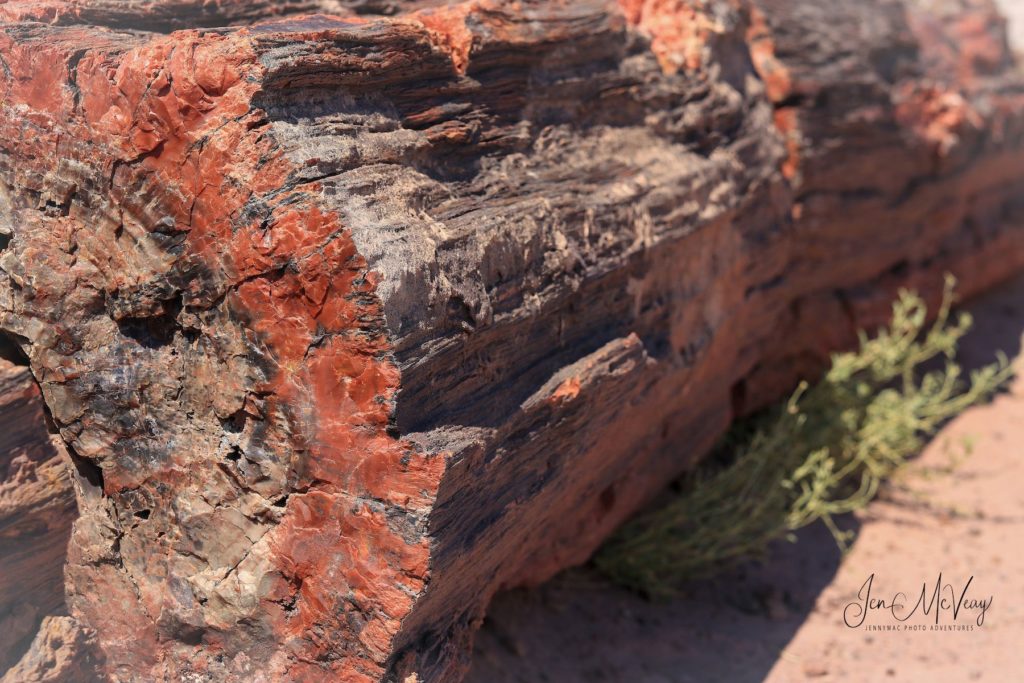 The Petrified Forest is known for its fossils, especially fallen trees that lived in the Late Triassic Epoch, about 225 million years ago.
The Petrified Forest is known for its fossils, especially fallen trees that lived in the Late Triassic Epoch, about 225 million years ago.
Leaving the Petrified Forest, you have choices to make. You might choose to do an out-and-back drive eastbound to Arizona’s Meteor Crater – – a gigantic hole in the ground caused by a meteorite (or meteorites) that crashed to the earth’s surface about 50,000 years ago! Another option is to head westbound, and find yourself standing on a corner in Winslow, Arizona – – ‘cuz it’s such a fine sight to see! Or you can just continue southbound, heading back to your starting point… but on this last leg of your journey, let’s check out a ghost town!
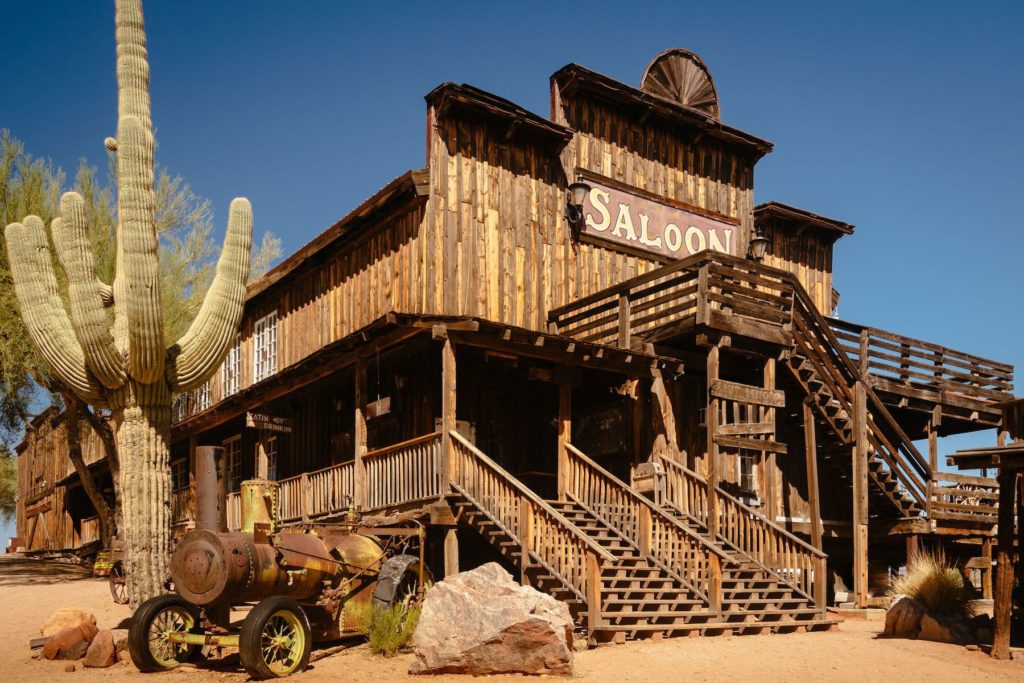 Photo credit ©Atmosphere1/123RF.COM
Photo credit ©Atmosphere1/123RF.COM
Goldfield Ghost Town and the Superstition Mountains
If you happen to be in the area on a weekday, a visit to the Goldfield Ghost Town near the Superstition Mountains is worth the stop! Gold was discovered in this area between the Superstition Mountains and Goldfield Mountains way back in 1892. After gold was found, the town sprang up and boomed, reaching a total of 28 buildings and 4,000 residents. The boom only lasted for about five years before the prospectors dug out all of the gold ore. Once the gold was gone, the town’s population and community quickly collapsed, eventually going dark. Once the miners moved on and the post office officially closed, Goldfield became a ghost town.
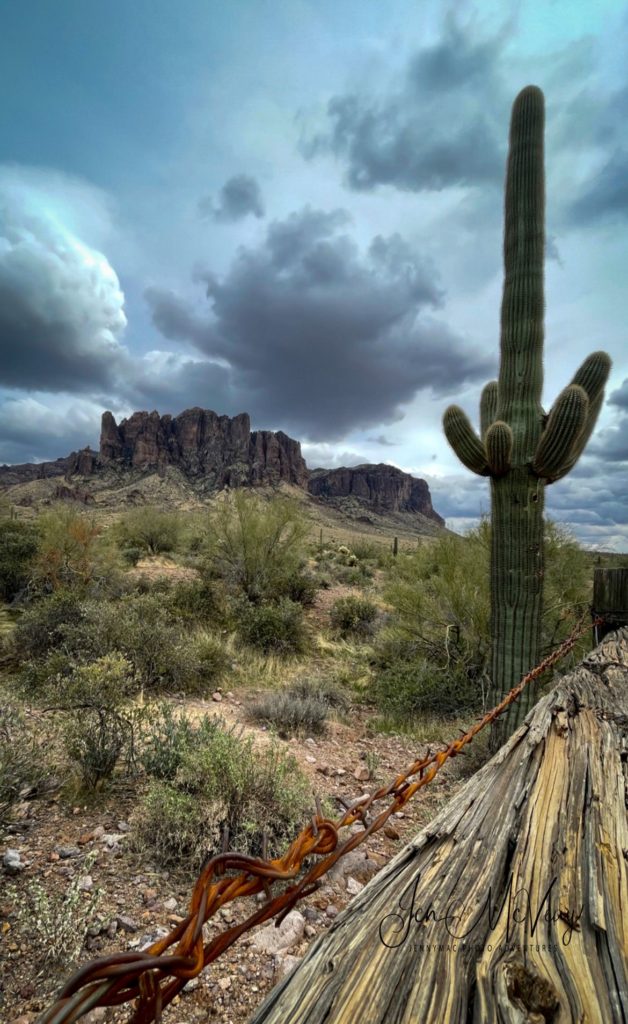 The Superstition Mountains overlook Lost Dutchman State Park – – a wonderful place to camp, hike, and explore!
The Superstition Mountains overlook Lost Dutchman State Park – – a wonderful place to camp, hike, and explore!
We started with wild horses, so why not end with wild horses?!

Have you ever gone on a Wild Wild West adventure or visited a Ghost Town?? I’m happy to help you plan your Wild Wild West adventure!
Stop by Montezuma Castle National Monument !
Check out Goldfield Ghost Town !
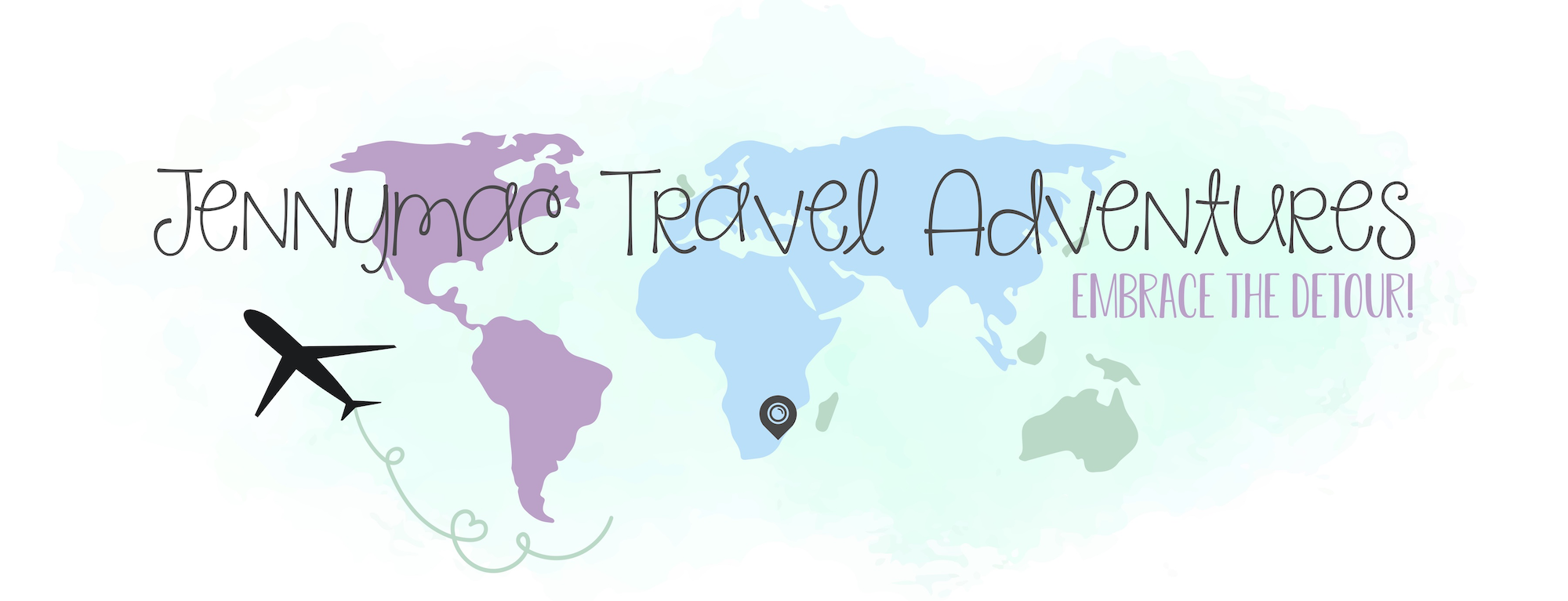

 Wild horses roam all over northern Arizona. These four lined up properly for their photo shoot!
Wild horses roam all over northern Arizona. These four lined up properly for their photo shoot! In 1933, “Castle A” (a 45 to 50 room pueblo ruin) was excavated, uncovering a wealth of artifacts and greatly enhancing our understanding of the Sinagua people.
In 1933, “Castle A” (a 45 to 50 room pueblo ruin) was excavated, uncovering a wealth of artifacts and greatly enhancing our understanding of the Sinagua people.
 The Colorado River winds its way between sheer cliffs, buttes and mesas, making its way to Southern California and Mexico.
The Colorado River winds its way between sheer cliffs, buttes and mesas, making its way to Southern California and Mexico. Lake Powell is super fun! I spent many vacations with my family here when I was young, and I have some of the most remarkable memories of exploring ruins and hidden canyons. Rent a houseboat and stay for a week, or rent jet skis or a boat to explore for a day.
Lake Powell is super fun! I spent many vacations with my family here when I was young, and I have some of the most remarkable memories of exploring ruins and hidden canyons. Rent a houseboat and stay for a week, or rent jet skis or a boat to explore for a day. Antelope Canyon is a must-see, especially if you are a photo nerd like me!
Antelope Canyon is a must-see, especially if you are a photo nerd like me! Monument Valley is the ultimate dark sky location! This was my first-ever dark sky photo, taken several years ago. Not bad, but boy did I have a lot to learn!
Monument Valley is the ultimate dark sky location! This was my first-ever dark sky photo, taken several years ago. Not bad, but boy did I have a lot to learn! Spider Rock rises from the floor of Canyon de Chelly.
Spider Rock rises from the floor of Canyon de Chelly. Hiking down into Canyon de Chelly is allowed — and much easier than hiking to the bottom of the Grand Canyon, but you still need to carry plenty of water.
Hiking down into Canyon de Chelly is allowed — and much easier than hiking to the bottom of the Grand Canyon, but you still need to carry plenty of water. The Petrified Forest is known for its fossils, especially fallen trees that lived in the Late Triassic Epoch, about 225 million years ago.
The Petrified Forest is known for its fossils, especially fallen trees that lived in the Late Triassic Epoch, about 225 million years ago. Photo credit ©Atmosphere1/123RF.COM
Photo credit ©Atmosphere1/123RF.COM The Superstition Mountains overlook Lost Dutchman State Park – – a wonderful place to camp, hike, and explore!
The Superstition Mountains overlook Lost Dutchman State Park – – a wonderful place to camp, hike, and explore!